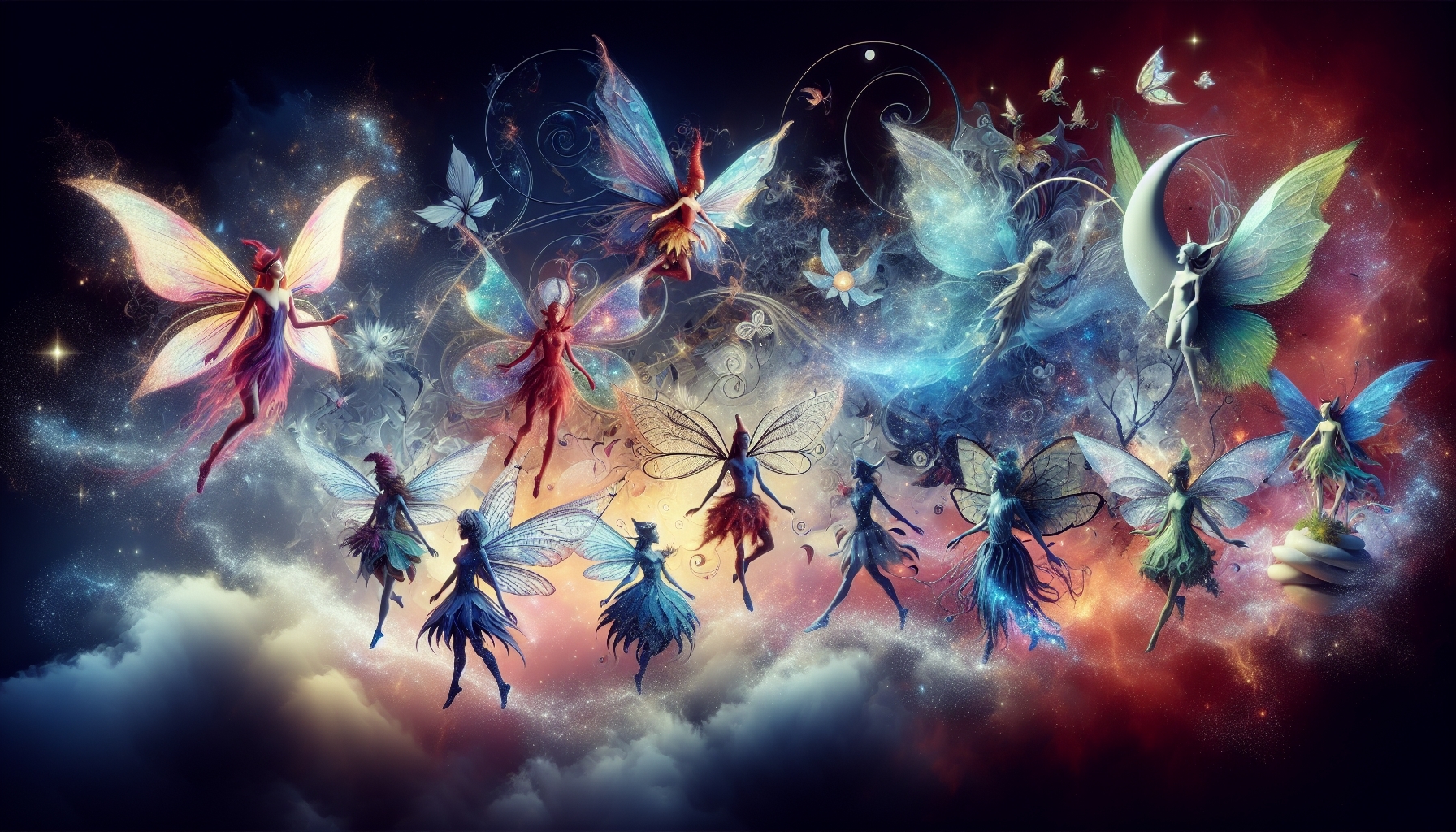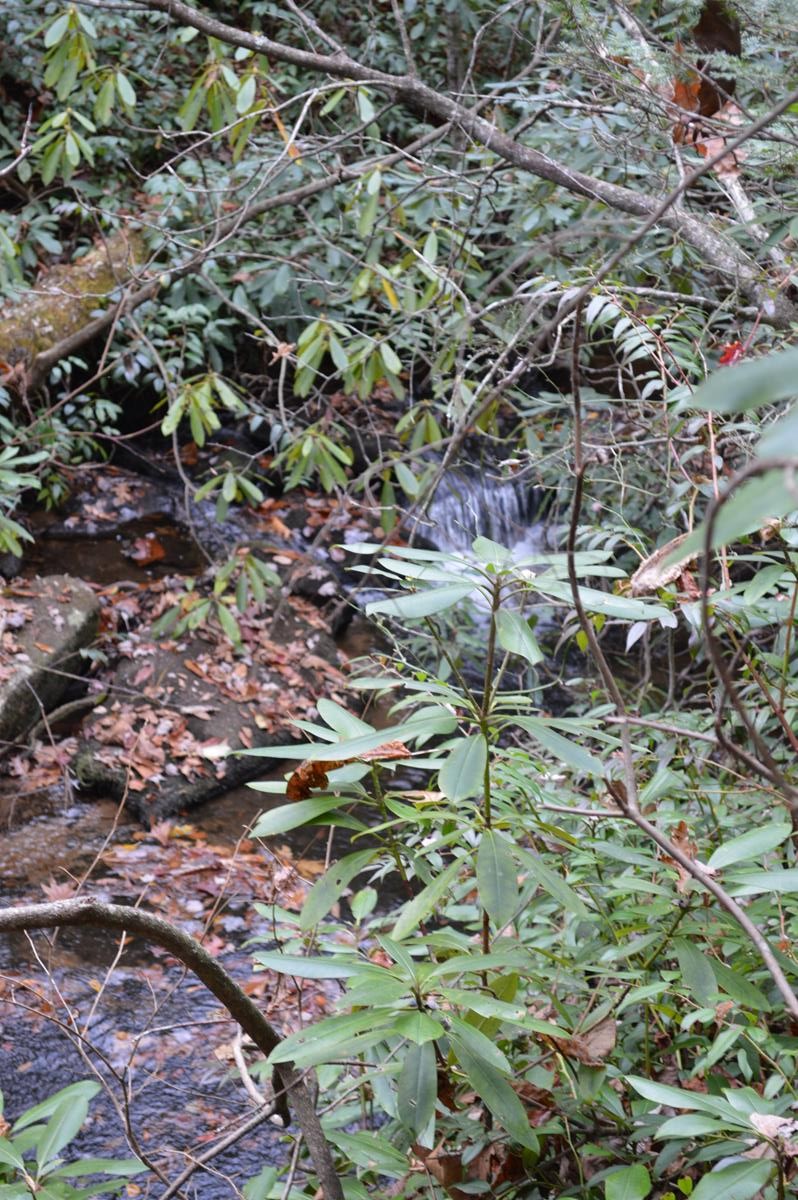Fairy History
Early Fairy History shows that the belief in the existence of fairies was real. Belief in these mythical creatures is thought to exist in almost every culture around the globe and seems to be centered around Europe and the British Isles. The first known history is based on the fae of medieval Western European folklore.
Fairy history refers to the
origins, development, and cultural significance of fairies in various societies
throughout time. Fairies, also known as fae, faeries, or fay, are mythical
creatures often depicted as small, human-like beings with magical powers. The
concept of fairies has evolved over time and varies across different cultures
and regions. Fairy history, or the history of fairies, is rooted in the mythology and folklore of various cultures across the world. Fairies are mythical creatures that often possess magical powers and have been a part of human storytelling for centuries. While the concept of fairies differs from culture to culture, their presence in oral and written traditions is universal.
Here is a brief overview of fairy history:
- Ancient roots: The belief in fairies can be traced back to ancient cultures, including the Greeks, Romans, and Celts. Each culture had its own versions of supernatural beings with magical abilities, such as nymphs, sprites, and sidhe, which later influenced the development of the fairy mythos.
- Medieval and Renaissance Europe: The concept of fairies became more widespread during the Middle Ages and Renaissance, particularly in the British Isles. They were often associated with nature and believed to inhabit forests, gardens, and bodies of water. Some were considered benevolent, while others were feared as malevolent beings.
- Elizabethan era: The 16th and 17th centuries saw a growing fascination with fairies in literature and art. The works of writers like William Shakespeare, Edmund Spenser, and Michael Drayton introduced fairies into popular culture, often depicting them as delicate, ethereal creatures that inhabited a magical realm separate from the human world.
- Folklore and literature: Fairy tales, which often involve fairies or other magical creatures, have played a significant role in shaping the public's perception of fairies. These stories have been passed down through generations and have become an integral part of the literary and cultural traditions of many societies. Notable examples include the works of the Brothers Grimm, Hans Christian Andersen, and Charles Perrault.
- Victorian
era: The fascination with fairies peaked during the Victorian era, when
the portrayal of these creatures became more romanticized and whimsical.
This period saw the creation of many famous fairy artworks, such as those
by Richard Dadd, John Anster Fitzgerald, and the illustrations in the
children's book "Peter Pan" by J.M. Barrie. During the 19th century, the depiction of fairies shifted again. They were often portrayed as innocent, childlike beings with a strong connection to nature. Illustrators like Arthur Rackham, Cicely Mary Barker, and Richard Dadd created intricate, detailed images of fairies that became synonymous with the Victorian era's idealized view of these magical creatures.
- Modern adaptations: Modern reinterpretations: In the 20th and 21st centuries, fairies have continued to evolve in popular culture. They have appeared in various forms of media, such as books, movies, and video games. Some popular reinterpretations of fairies include J.M. Barrie's Peter Pan, J.R.R. Tolkien's Middle-earth, and the modern urban fantasy genre. Fairies continue to be popular in contemporary literature, film, and television. They are often portrayed as magical, mysterious, and sometimes mischievous beings, and their stories often serve as allegories or commentaries on human nature and society. Popular modern adaptations include the Harry Potter series, the Artemis Fowl series, and movies like "Stardust" and "Maleficent."
Fairies have a rich and complex history that spans across different cultures and time periods, reflecting the human fascination with the supernatural and magical realms. Today, they continue to captivate the imaginations of people around the world through various forms of art and storytelling.
Fairy Origin Theories

Our Fairy History research, shows some of the theories on where the origins of these fantastic little creatures came from:
- They are souls that were never baptized.
- They are souls caught between heaven and Hell. They have not been good enough to get into heaven, but they have not committed a bad enough sin to deserve Hell. They are in limbo.
- These are fallen angels. It is believed that Angels that were loyal to Lucifer were also thrown out of heaven with him. God stopped them from being cast into Hell in mid-flight. He made them remain exactly where they were at the time. That is why some of these enchanted beings can fly in the air, many make living in the earth their home and others live in rivers, ponds, lakes and the ocean. Irish Folklore and folklore from Scotland, Scandinavia and others all have very similar accounts.
- They are nature spirits. Somewhat analogous to the fallen-angel theory, this theory holds that they are among the many spirits that populate all things and places in the earth.
- They are diminutive human beings. There is evidence that small-structured races populated parts of Europe and the British Isles in the Neolithic and Bronze Ages, before the spread of the Celts. In Ireland, they were known as the Thuathe de Danaan.
Descriptions From Fairy History
They resided in barrows and in shelters burrowed under hills and mounds. They were hard working but shy, and, as stronger peoples invaded their land and captured their iron weaponry, they retreated to the woodlands to live a secretive life. Being pagan, they continued to worship the pagan deities. They were in union with nature and possessed keen psychic senses. Their skills and trades allowed them to lead somewhat normal lives while raising diminutive cattle and horses.
This belief spread to North America during the colonization period and is still prevalent in the Appalachians, the Ozarks and other remote rural locations.
Fairy History literature about these creatures appears quite frequently from the Middle Ages on. Most of this literature is referred to as "Fairy Tales", and appears in the writings of the English poet, Edmund Spenser, The Dane, Hans Christian Andersen, the Italians, Matteo Boiardo and Ludovico Ariosto, the Frenchman Charles Perrault and many others.


